Finding yourself out of work can be a devastating experience. Unemployment is widely acknowledged as a significant stressor that directly affects physical and mental health. The Canadian Association for Mental Health states, “Unemployment can be, and often is, a shock to your whole system. You can experience some of the same feelings and stresses that you would if you were seriously injured, going through a divorce, or mourning the loss of a loved one.” As with other traumatic events, we rarely expect to be out of work and are often unprepared and overwhelmed by the road ahead. Common reactions when facing unemployment vary. You may find yourself struggling with denial, anger, and sadness, which can lead to avoidance and a sense of isolation.
Preparation will help you to overcome these emotions and return to the workforce as soon as possible.
Six Steps in Taking Control
Take stock of your finances.
Figure out how long you can afford to go without a new source of income and develop a plan. Many job seekers have had to compromise their choice of jobs when they found themselves strapped for cash. Ask yourself, “What can I do if I don’t have a job by my target date?” Consider what compromises you can make to speed up landing a job. This can include adjusting your job search to include a few types of positions, locations, and salary range.
Once you receive your Record of Employment, apply for Employment Insurance as soon as possible. Service Canada states, “If you delay filing your claim for benefits for more than four weeks after your last day of work, you may lose benefits.” When applying for Employment Insurance using the online service, you will need your employment start and end dates.
Keep in mind that finding a job often takes longer than expected.
Establish your goals.
Though you may not have been expecting it, this is an opportunity to reassess your employment goals. You may want to learn about other industries, consider a career change, or potentially go back to school.
If you wish to stay in your current industry, make a list of companies you would be interested in working at. Start with a minimum of five and focus your efforts there. LinkedIn company pages are a great tool that provides job seekers with access to detailed in-depth information about potential employers.
Revise your resume.
Update your resume with your work history details, and highlight the skills and experience most relevant to your employment goals. Search job postings online for the keywords and skills employers are looking for and include them in your resume. For those with long careers, include the last 10 years of employment with focus on key responsibilities and accomplishments.
Seek out free employment centres, such as JVS Toronto Employment Source, to help you with resume preparation, interview techniques and other job search tools. If you’re resume updating skills are rusty, try our free online resume writing clinic.
Update or learn new skills.
After updating your resume and looking at job postings, you may find that your skills are out of date, or you’ve come across a software program you don’t know that would open up other opportunities. You may want to brush up on your product or service knowledge, presentation skills or any number of other skills that could improve your chances of being selected for an interview.
Adding or enhancing skills is a worthwhile investment of your time. There are many resources offered online, such as Lynda.com with courses in software development, business, design, websites and more. Also check out the Continuing Education programs offered at your college or looks for classes at your local community centre or library that are low cost or free.
Reconnect with your network.
Job loss is something more and more people are facing in today’s economic climate. You are not alone in needing to find work. Reach out to your social and professional circles for job search tips and leads. Use social media to reconnect with friends, former colleagues or classmates during your job search. Not only will you gain information, identify skills you may need to improve and other resources, these connections will help with feelings of isolation often associated to those facing unemployment.
Consider making new connections by volunteering or attending industry or professional association events. You’ll meet people, hear about opportunities, and if volunteering, gain references and new work experiences to add to your resume. Use social media to make these connections.
Keep in mind that most jobs aren’t formally advertised. Employers use their trusted networks to find candidates for vacant positions.
Don’t do it alone.
All Employment Ontario-funded employment centres have free resource areas that provide those looking for work with computers, telephones, faxes and photocopiers, including JVS Toronto’s nine Employment Source locations. Conducting your job search in an employment centre like this reduces loneliness and provides you with direct access to various employment specialists, workshops and other services, all for free!
A little planning and effort can go a long way towards making the best of your situation and staying in control of a process, which can otherwise be daunting.
For those readers living in Toronto or York Region who need job search support, contact JVS Toronto at 416-787-1151 or at [email protected] to access our free job search workshops, hiring events, and career exploration programs.





